Discover Dal Bhat and Nepal’s Traditional Fermented Foods
Nov 05,2020
Discover Dal Bhat and Nepal’s Traditional Fermented Foods
Nov 05,2020
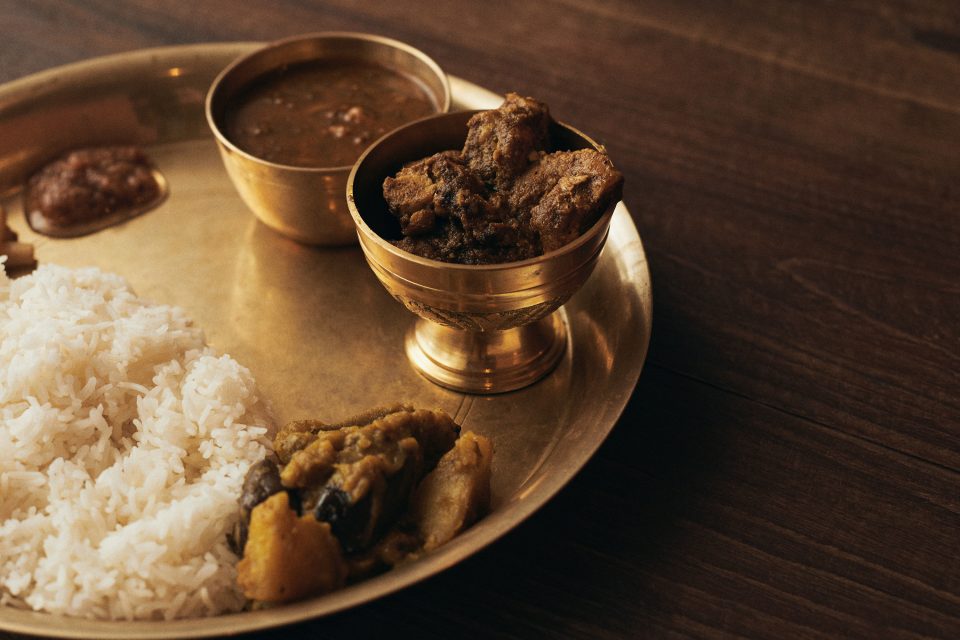

Nepal is generally associated with spicy dishes like curry, but in fact the country also has a wealth of fermented foods.
Nepali fermented foods are, however, still little known in Japan. One man is working hard to change that: Honda Ryo, who recently opened the Nepali restaurant Old Nepal Tokyo in the Gotokuji neighborhood of the city. He’s constantly striving to bring Nepali food to a wider audience, with his sights set on extending his activities to Nepal one day. His Nepali cookbook, entitled Dal Bhat and Nepali Cuisine: Nepali Curry Techniques, Recipes, and Culinary Culture (in Japanese), was published by Shibata Shoten in June 2020.
Here Ryo shares the allure of Nepali cuisine and tells us about the country’s fermented dishes.
First, let’s describe a typical Nepali family-style meal.
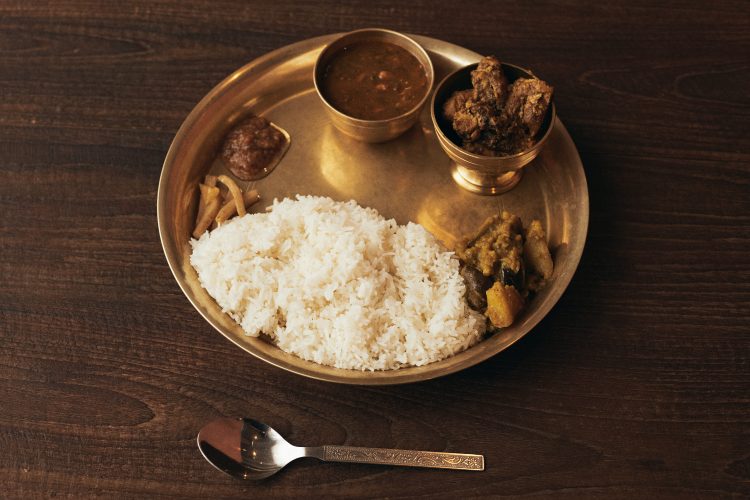
The custom meal that Ryo prepared especially for the day of our visit
The small bowl in the middle of the brass plate contains jhol (soup) made with gundruk — leafy green vegetables fermented without adding salt. The second small bowl on its right contains dry chicken curry. To the right of the bhat (rice) are several tarkari (side items), namely potatoes, eggplant, and green peas. To its left are two small garnishes called “achar,” which resemble Japanese pickles. The one above is made with tomato and the one below with daikon radish.
Of these items, two are fermented: the gundruk in the soup and the achar. Both are lacto-fermented vegetables.
“The gundruk here is made with Japanese takana mustard greens, but it can also be made with other vegetables of the mustard family like radish or cauliflower. You wash and beat the ingredients and dry them a little in the sun, then pack them tightly in a container without adding salt and let them ferment in sunlight. You remove them from the container after two to three weeks, then dry them in the sun again. Then you store them, and they’re ready.”
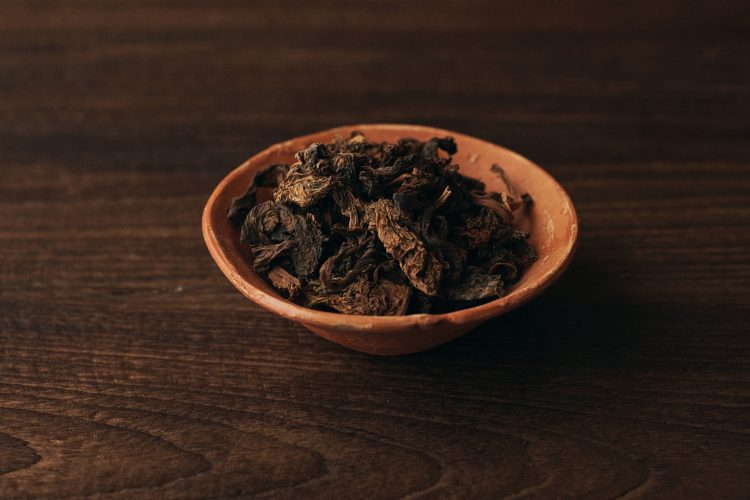
Gundruk in dried form. It’s reconstituted with water when used in cooking.
This technique of fermenting vegetables without salt has few parallels anywhere in the world. Quite a few people compare it to sunkizuke, a pickle from the Kiso region of Nagano, Japan, which is likewise fermented without salt.
The hallmark of gundruk is its distinctive deep, rich flavor. Besides tasting acidic from having been lacto-fermented, it also possesses a full-bodied quality from having been dried.
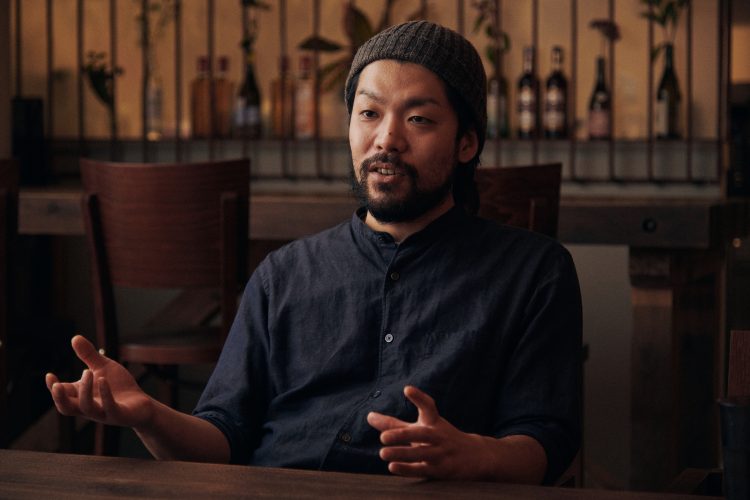
Honda Ryo, chef of Old Nepal Tokyo
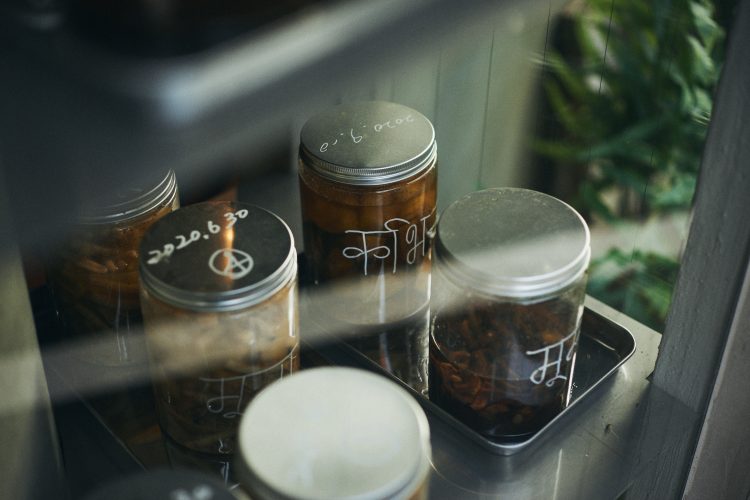
Ryo regularly makes a variety of achar pickles. As you walk along the street in front of the restaurant and peek through the glass, you’ll notice jars and jars of pickles on display, fermenting away on the shelves. Accelerating the fermentation process through exposure to sunlight is apparently the way it’s done in Nepal.
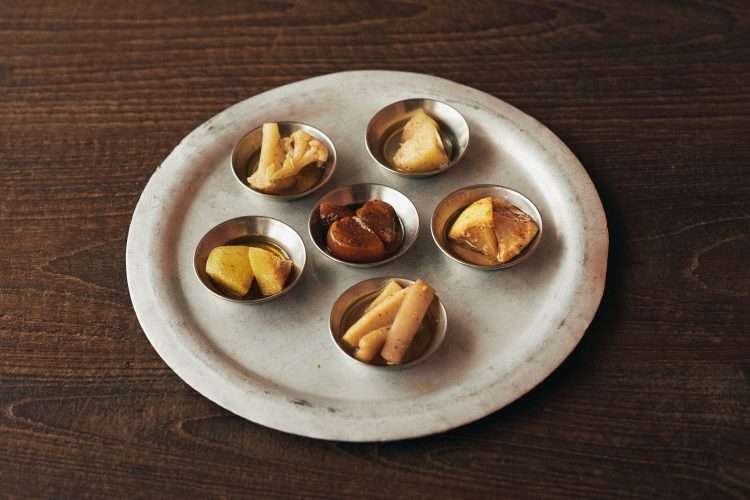
Several varieties of achar. Clockwise from upper right: winter melon, lemon, daikon, green papaya, cauliflower. Center: garlic.
“Achars combine the taste and texture of the vegetables or fruits they’re made from with the acid tang imparted by natural fermentation by lactic acid bacteria. They thus play up the flavor of the rice and accompanying items. I guess they’re quite similar to Japanese tsukemono (pickled vegetables). In Nepali cuisine, these pickles are served on a single large plate with dal (bean soup) or jhol, which is like miso soup, bhat (rice), and several side items. I think that dal bhat — the typical meal eaten by ordinary Nepalis — is a lot like Japanese cuisine in how different foods are balanced.”
Ryo discovered the wonderful taste of dal bhat on his first visit to Nepal. He happened to wander into a restaurant on a rest stop during a bus trip from the capital Kathmandu to Pokhara, a base for trekkers.
“It was this very ordinary, nameless restaurant, but their dal bhat tasted incredible. From that moment forth I was hooked.”
Later, Ryo became convinced that Nepali cuisine was right up his street. That was on a trip he took with the owners of the South Indian restaurant Zero One Curry and the Sri Lankan restaurant Karapincha. Together, they traveled through the three regions they each specialized in: South India, Sri Lanka, and Nepal.
“South India and Sri Lanka didn’t agree with me for some reason. During the trip, I immediately found myself missing Nepali dal and achar. That’s when I knew for sure that Nepali cuisine is the best.”
As a lover of all things Nepali, Ryo pulled off a pair of major feats in 2020. First, he opened his third restaurant, Old Nepal Tokyo, in the Gotokuji district of Tokyo, on top of his two restaurants in Osaka, Dalbhat Shokudo and Spice-Do.
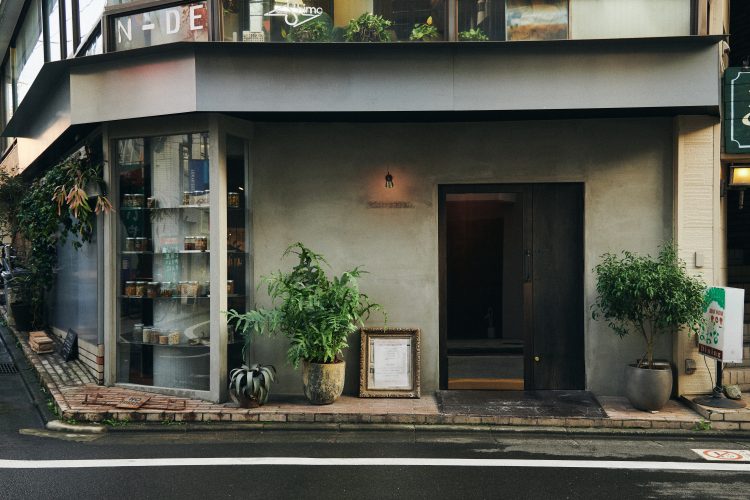
The fermented foods on display catch your eye as you walk by.
Second, he came out with his own cookbook, Dal Bhat and Nepali Cuisine. Getting it published was hardly smooth sailing, though. He sent the book proposal to a publisher he aspired to work with and pitched the idea to them, but they didn’t go for it at first. It was a frustrating time.
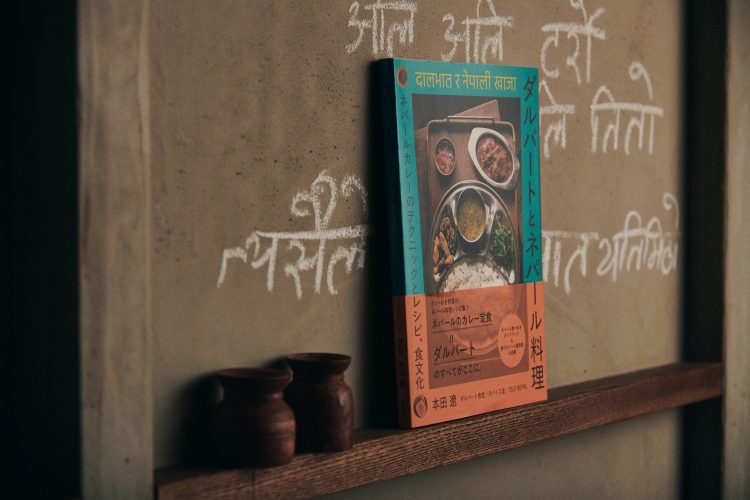
“I wanted the book to be good, so I took my editor and photographer with me to Nepal. I showed them around the local restaurants, pubs, and markets, because I wanted everyone involved in the project to have good knowledge of Nepali culinary culture. So the book ended up being packed with information.”
It’s a comprehensive survey covering the basics of Nepali cuisine. It contains recipes for dal, curry, and tarkari, as well as achar — made by fermentation — and even desserts. It also includes an account of Nepali culinary culture and even a guide to restaurants in Nepal. Lavishly illustrated and beautifully bound, Ryo’s first book has received rave reviews and will soon go into its second printing.
Ryo says he’d like to work in Nepal one day.
“Being a chef is not generally a high-status profession in Nepal. Quite a few chefs, once they’ve made enough money running a restaurant, close the place down and find another, better-paying job. So I’d like to contribute to Nepali culinary culture and the Nepali industry by making being a chef a career that Nepalis can aspire to. My ambition is to be the Miyahara Takashi of food, as it were.”
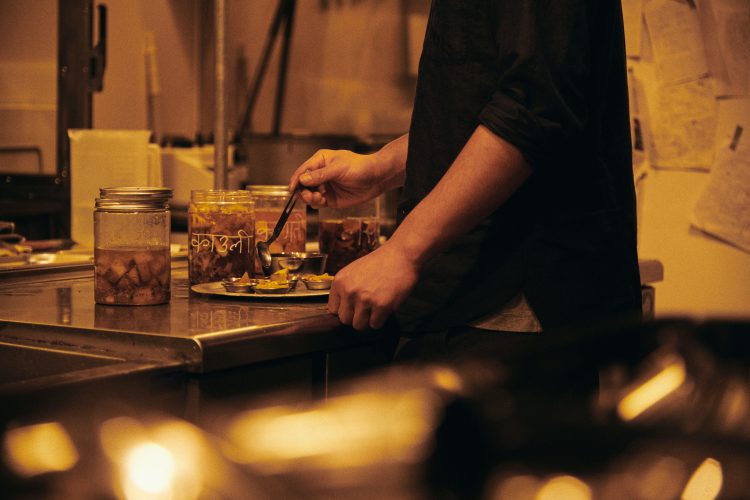
Miyahara Takashi is the Japanese who made an immense contribution to the growth of mountaineering tourism in Nepal. He built the Hotel Everest View, which offers a spectacular view of Mount Everest. Like Miyahara, Ryo aspires to do something big as a Japanese to promote the development of Nepali culture.
Understanding Nepali culinary culture in all its profundity is sure to make Nepali cuisine taste even more exquisite. Stay tuned to see what Ryo does next to take Nepali food to new heights.
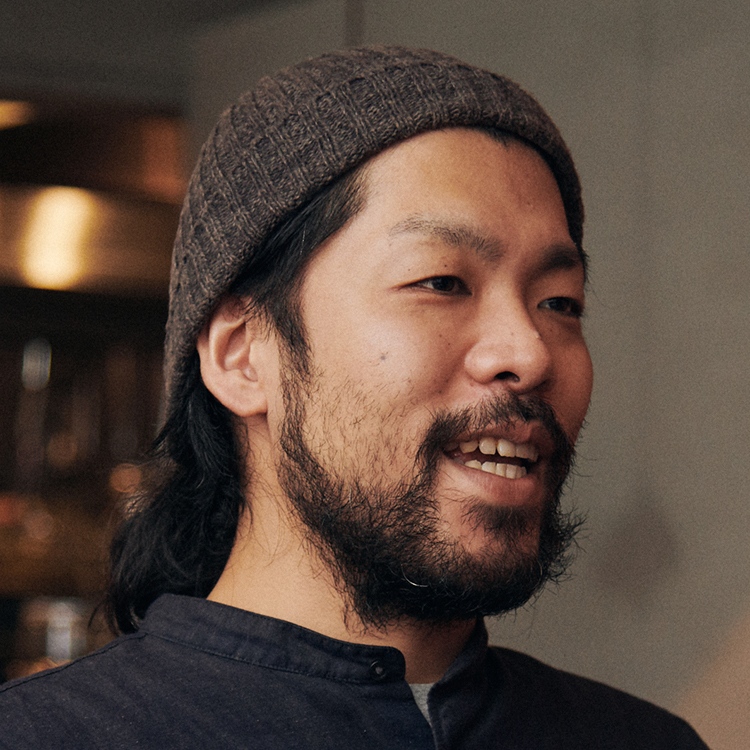
Born in Kobe in 1983, Honda Ryo started out as a chef specializing in Japanese cuisine. In 2015, he opened Dalbhat Shokudo, a Nepali restaurant specializing in dal bhat, in Osaka. Then in July 2020, he opened Old Nepal Tokyo in the Gotokuji neighborhood of Tokyo. He has dedicated his life as a chef to Nepal.